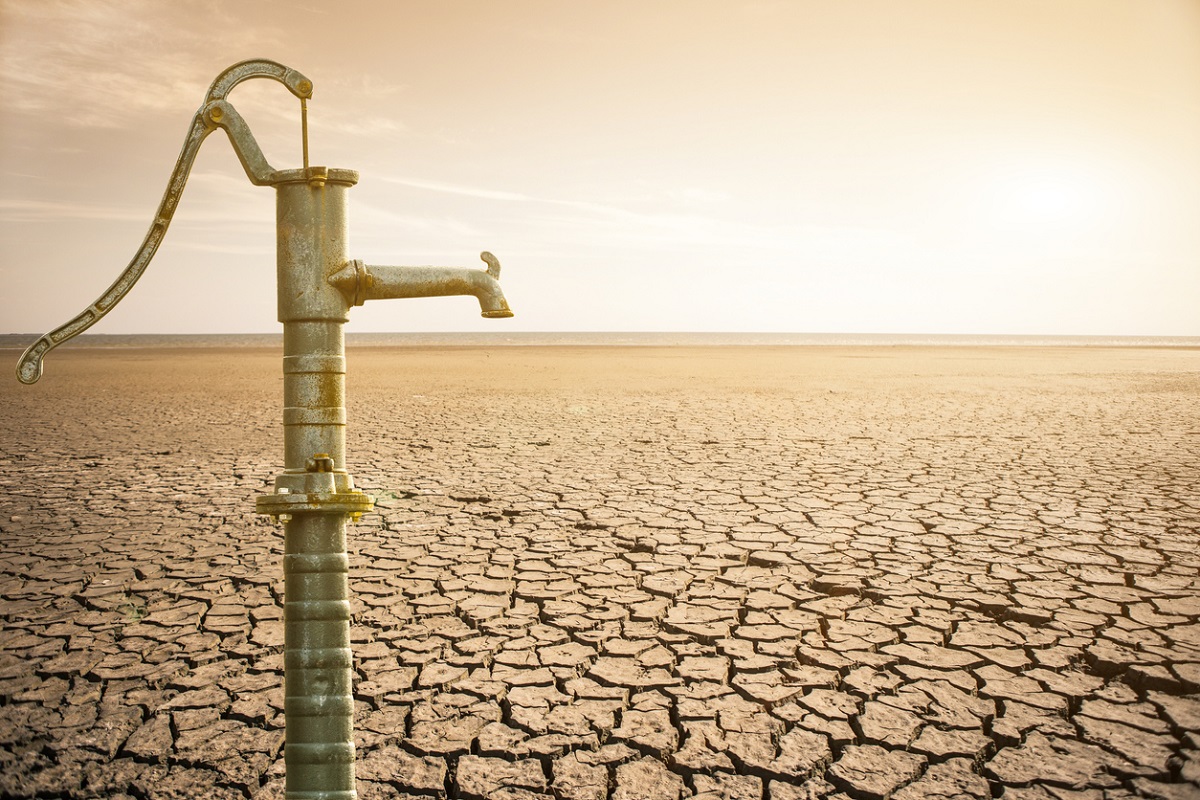India is facing a water crisis that could significantly undermine its economic stability and growth prospects, according to Moody’s Ratings. As the country continues to experience rapid economic expansion, the demand for water in agriculture, industry, and households has skyrocketed. Yet, the supply remains perilously limited, a situation exacerbated by climate change and increasingly frequent natural disasters. This imbalance poses a profound threat to India’s sovereign credit strength and overall economic health, as highlighted by Moody’s. The severity of the water shortage is underscored by alarming projections from the Ministry of Water Resources, which estimates that India’s per capita water availability will drop to 1,367 cubic metres by 2031, down from 1,486 cubic metres in 2021.
Given that levels below 1,700 cubic metres indicate water stress, and those below 1,000 cubic metres signify water scarcity, the future looks troubling. The current scenario, marked by a prolonged heat wave affecting major cities like Delhi and Bengaluru, underscores the urgency of addressing this crisis. Water is a critical input for many sectors, particularly agriculture and industry. In agriculture, reduced water availability can devastate crop yields, leading to food shortages and rising prices. This not only affects the livelihood of millions of farmers but also fuels inflation, impacting the economy. In the industrial sector, water-intensive industries such as coal power generation and steel production face operational disruptions, which can ripple through the economy, affecting employment and industrial output.
Advertisement
Moody’s notes that these disruptions can severely impact the credit health of the sovereign and heavily water-dependent sectors. The social implications are equally dire. Water scarcity can lead to social unrest as communities and regions compete for limited resources. The rural-urban divide could widen, with urban areas often prioritised for water supply, leaving rural areas to suffer. This can exacerbate existing socio-economic disparities and fuel migration from rural to urban areas, adding further strain to already overburdened urban infrastructures. The threat to India’s sovereign credit rating, as highlighted by Moody’s, is a reflection of these cascading effects. Economic instability, driven by disruptions in agriculture and industry, coupled with social unrest, can lead to volatility in economic growth. This, in turn, affects investor confidence and the country’s ability to attract and sustain investment.
A lower credit rating would increase borrowing costs, making it more expensive for the government to finance development projects and social programmes. To mitigate these risks, India must invest heavily in water management and conservation. This includes modernising irrigation techniques to reduce wastage, implementing rainwater harvesting on a large scale, and investing in technologies for efficient water use in industries. The sustainable finance market offers a potential lifeline, providing avenues for companies and state governments to raise funds for water management projects. Moody’s suggests this could involve issuing green bonds or tapping into international funds dedicated to climate resilience and sustainable development.
